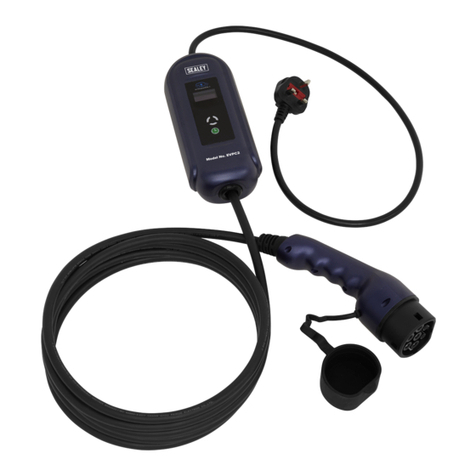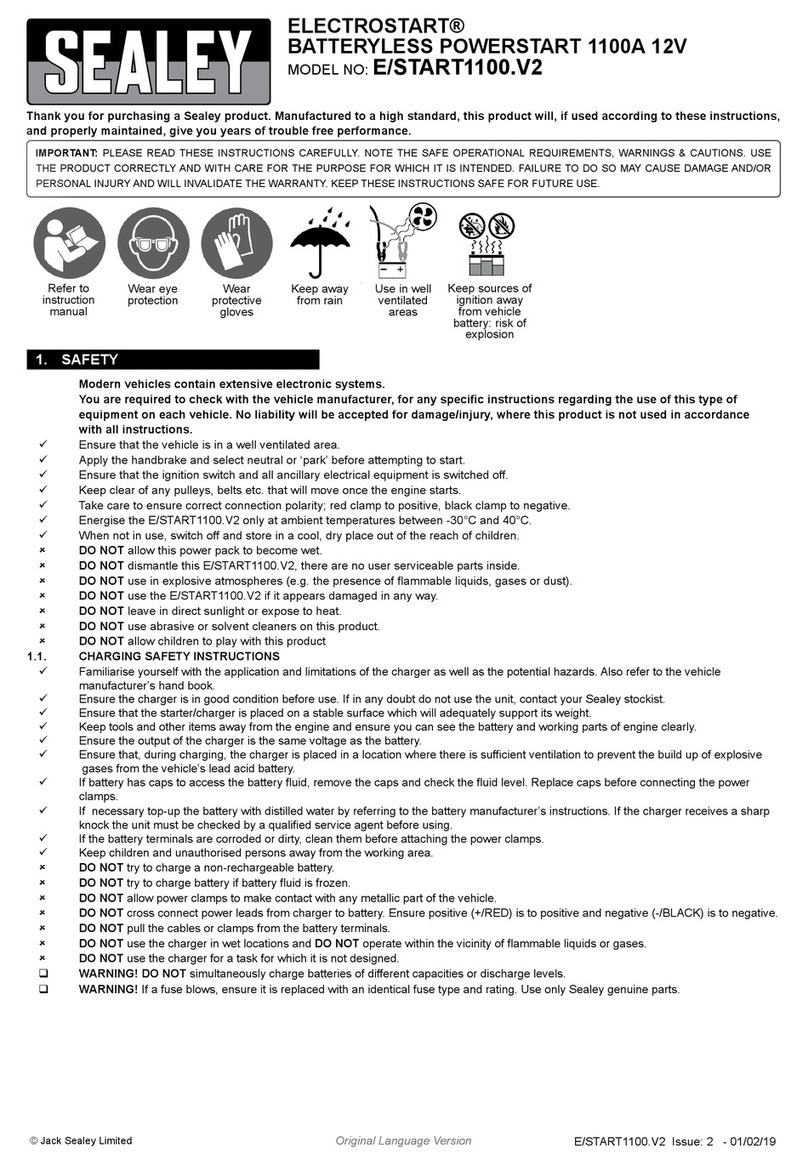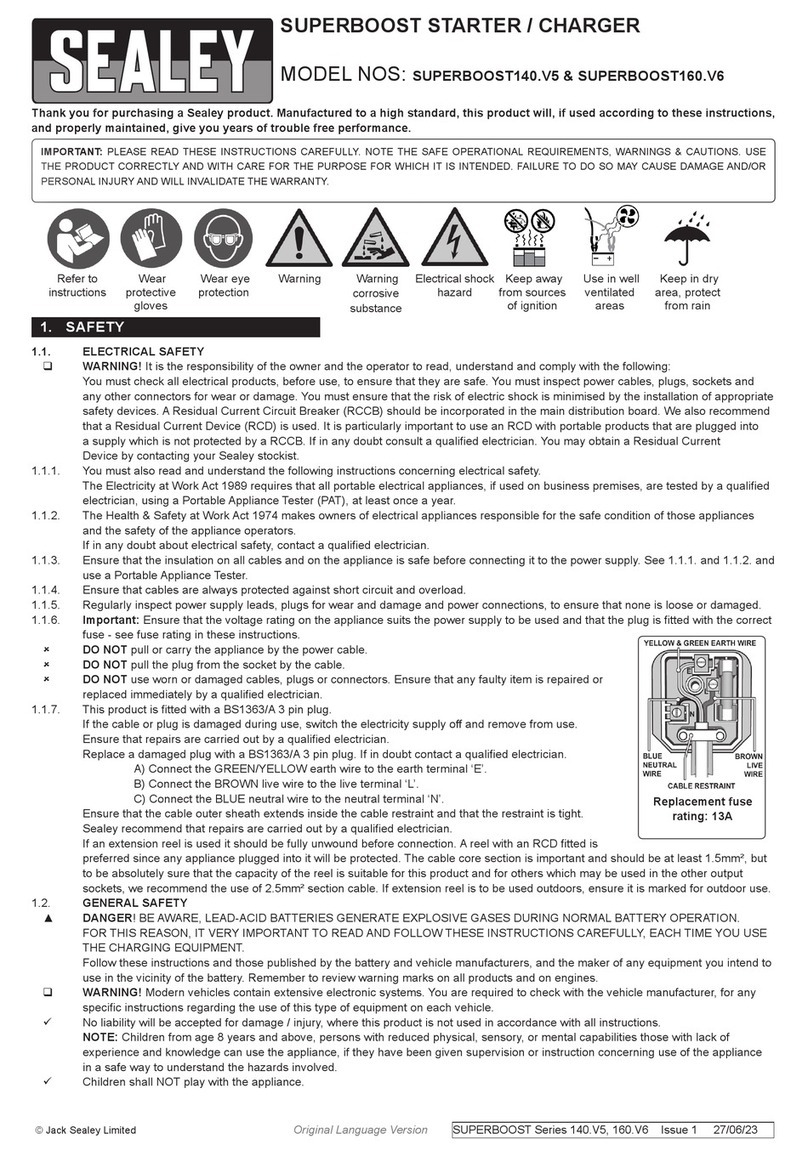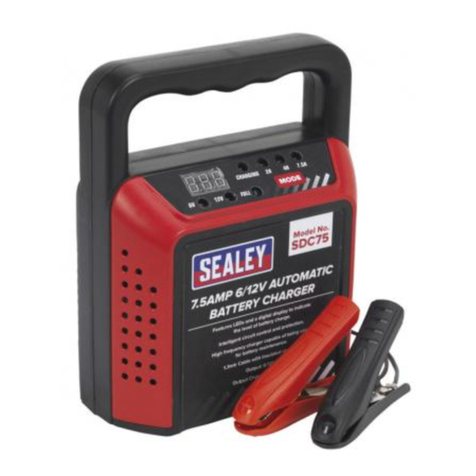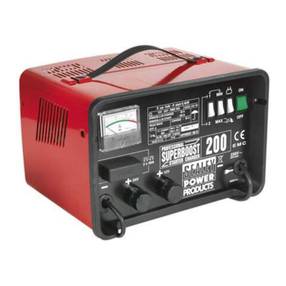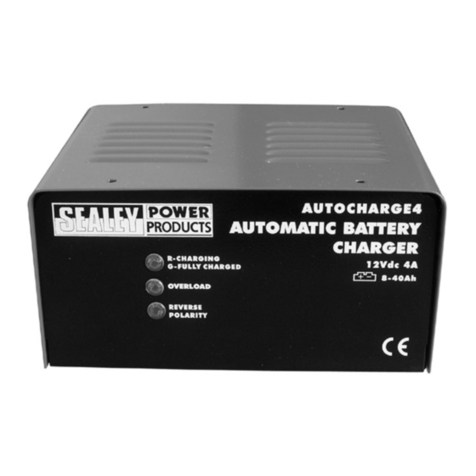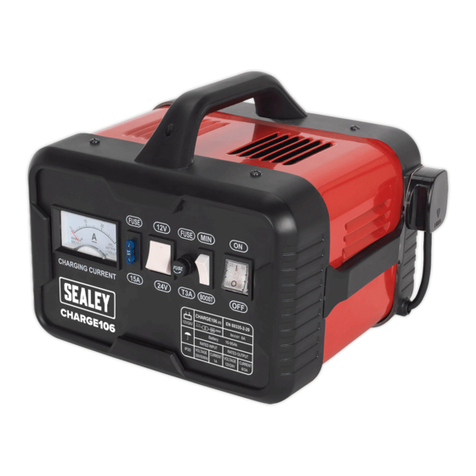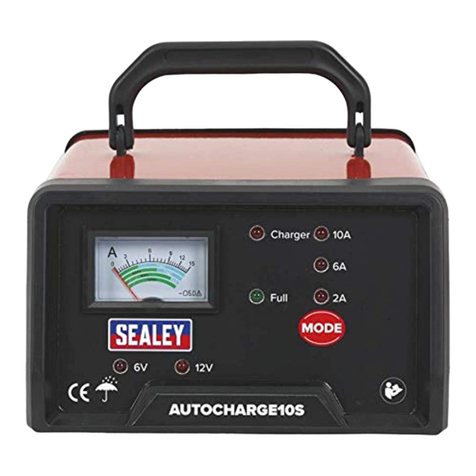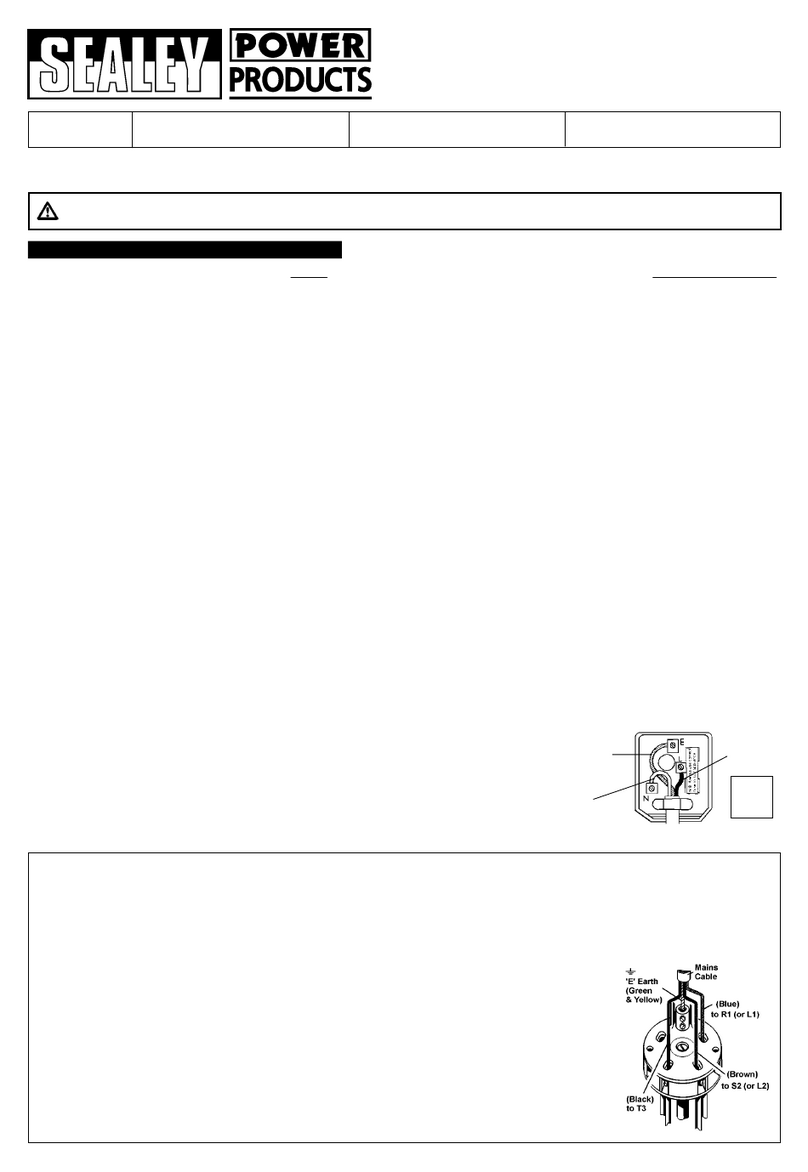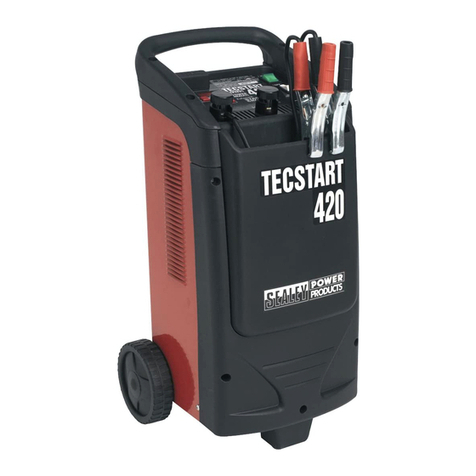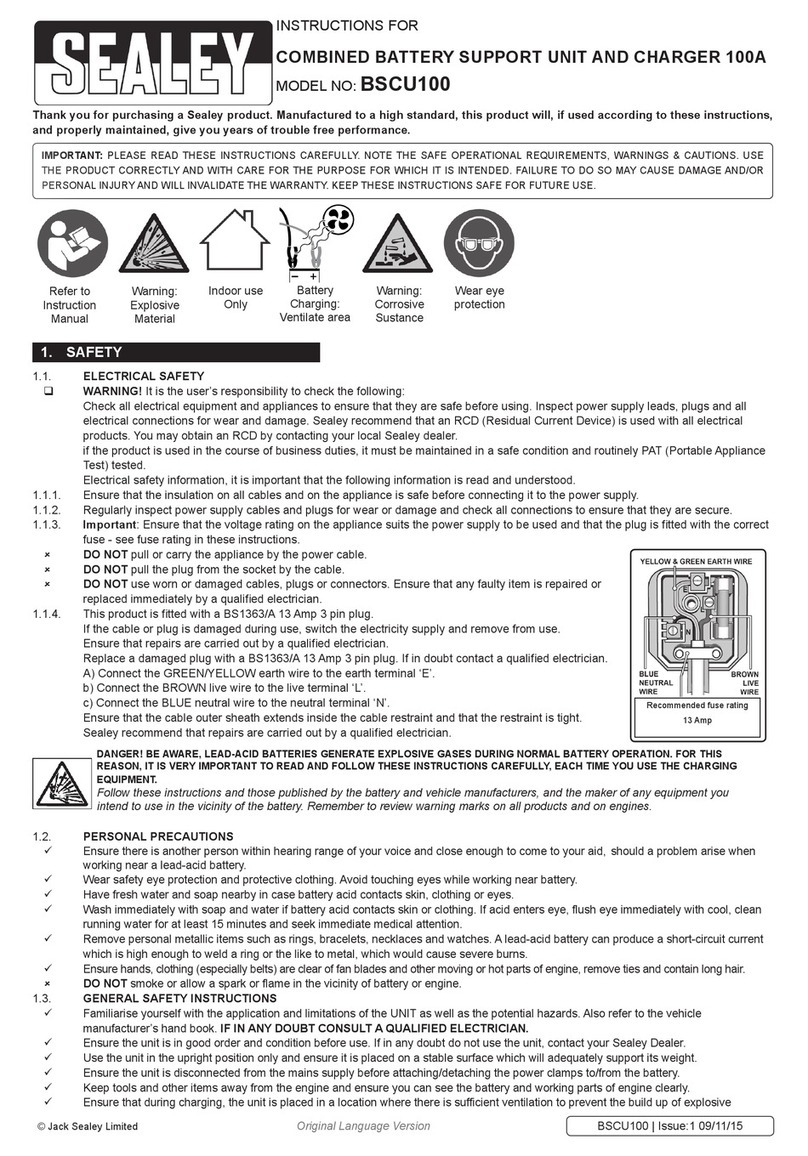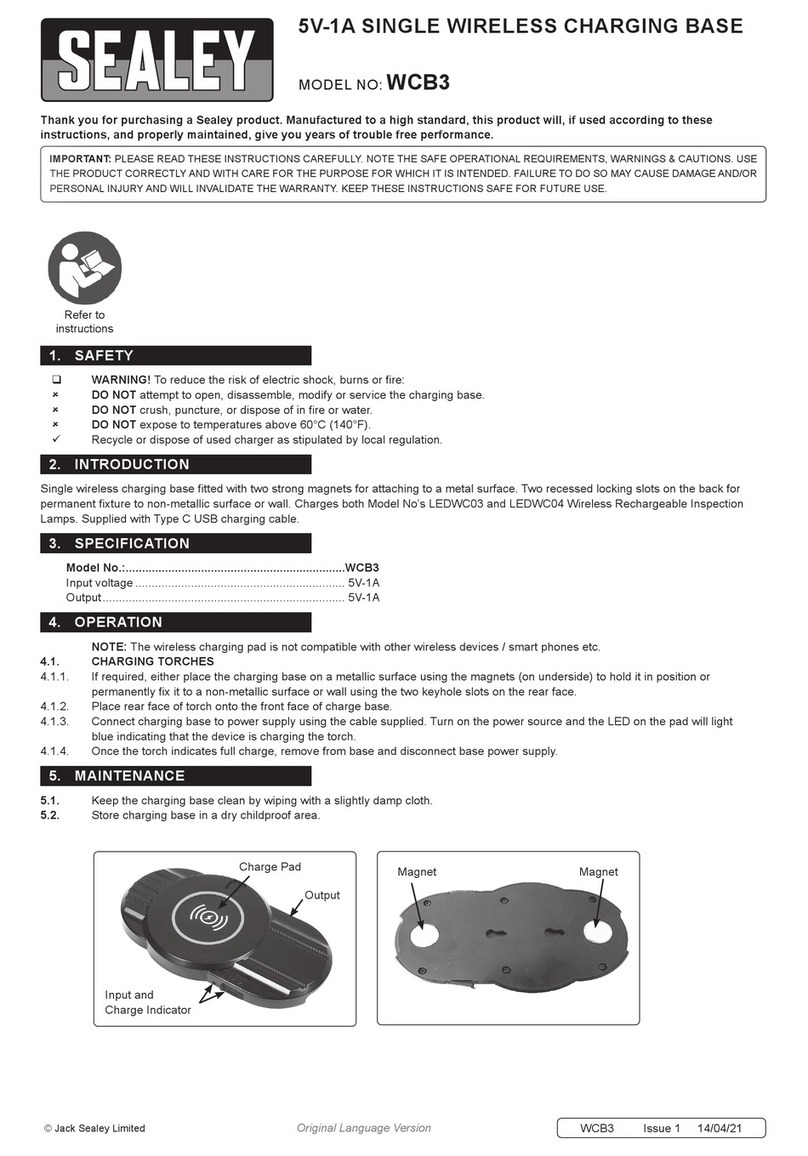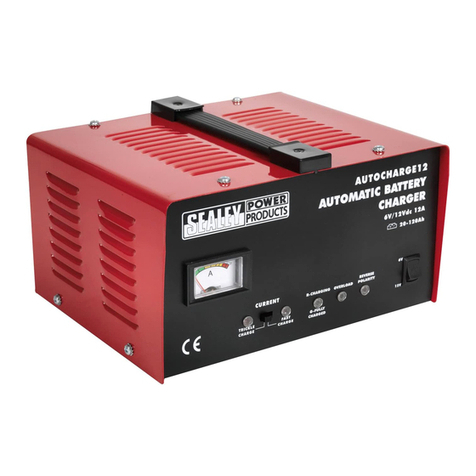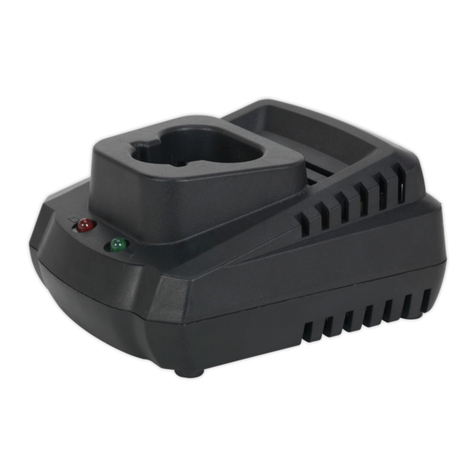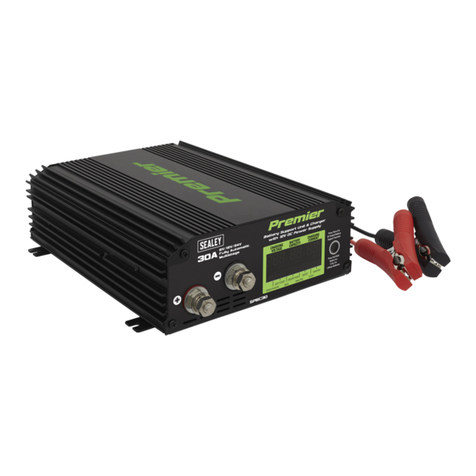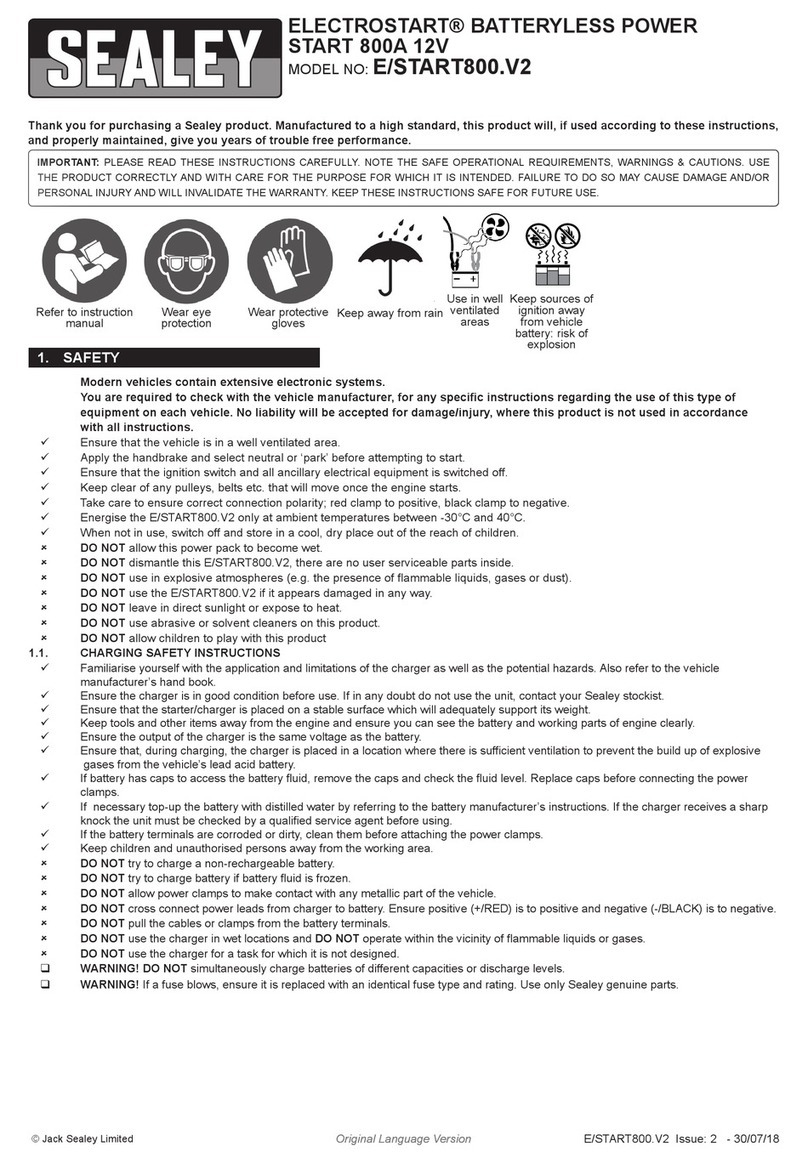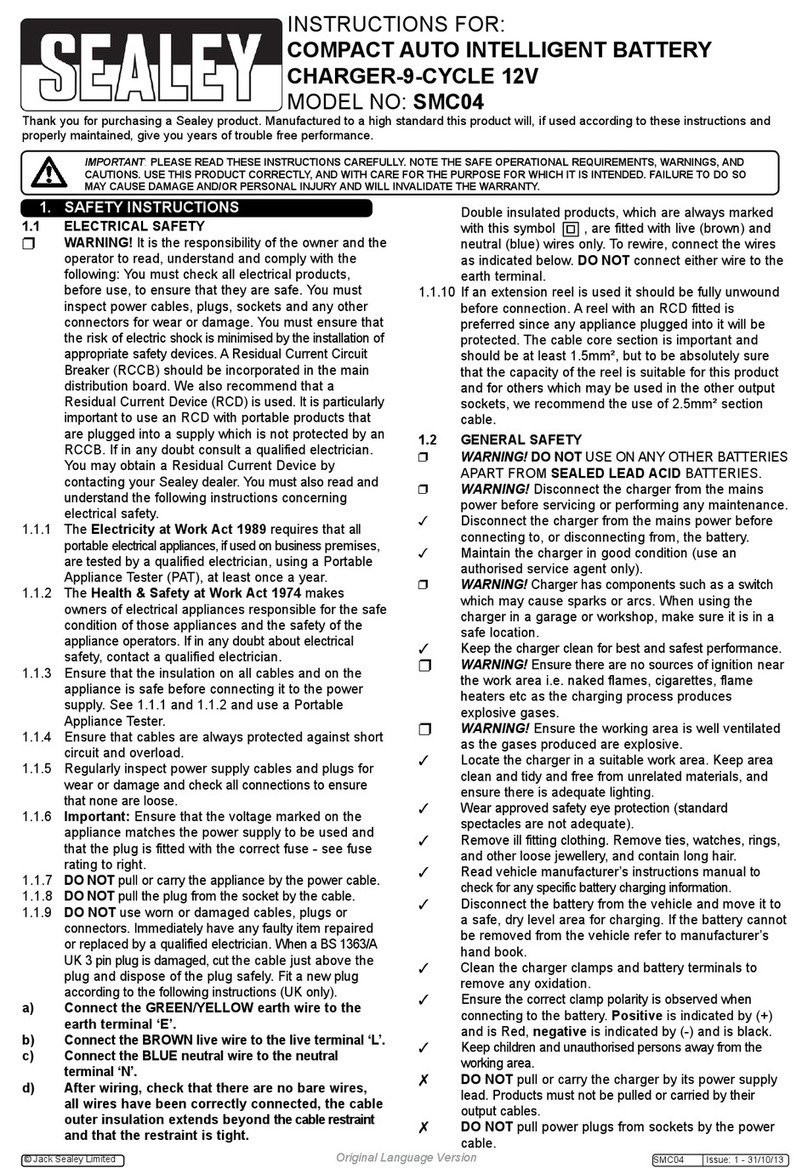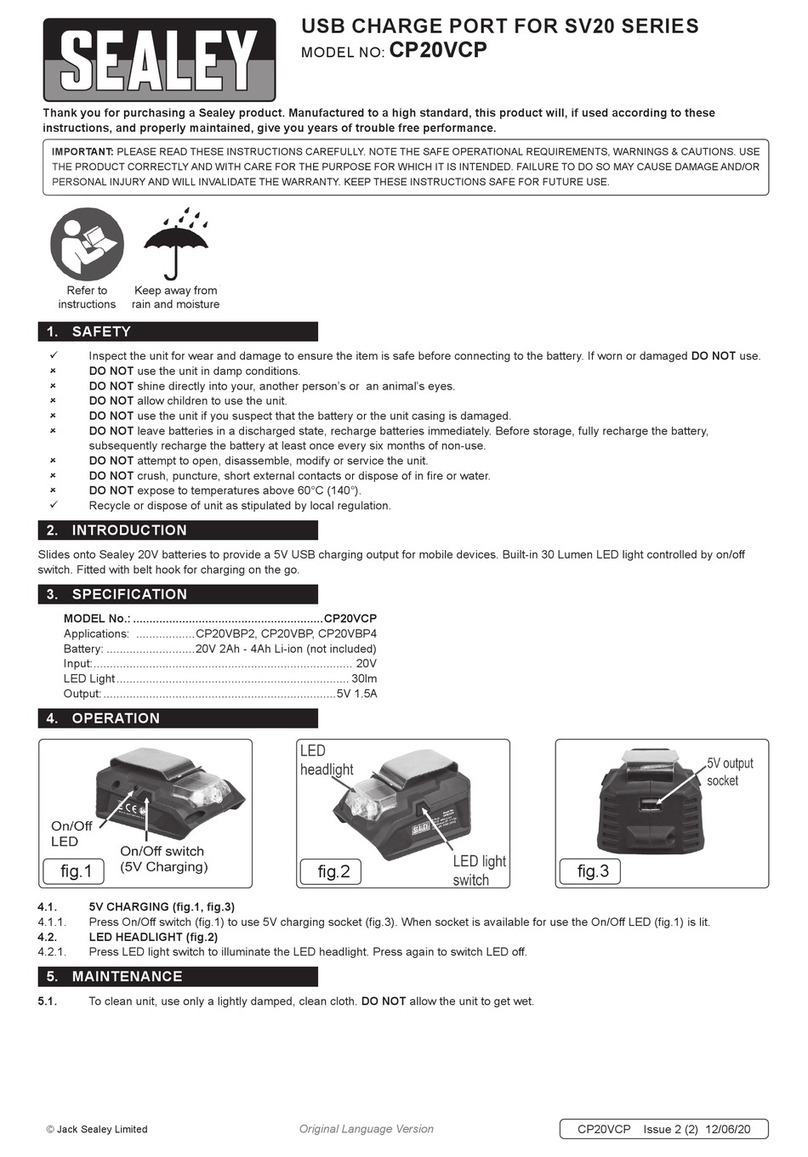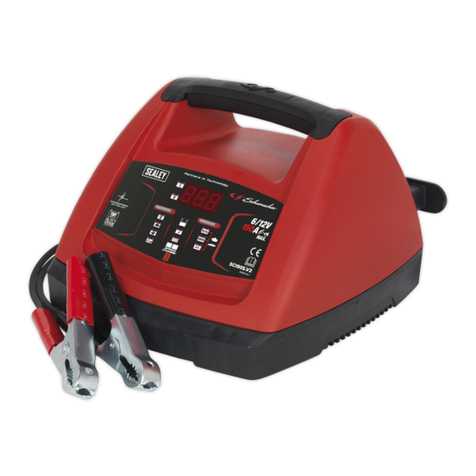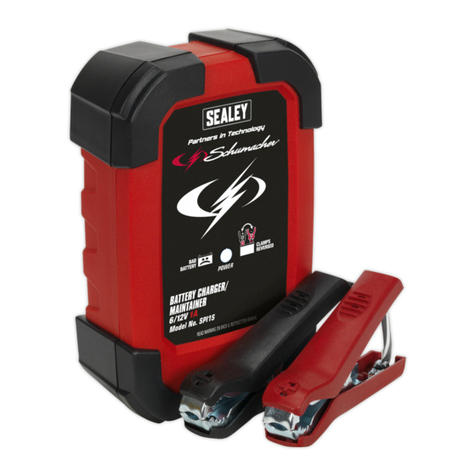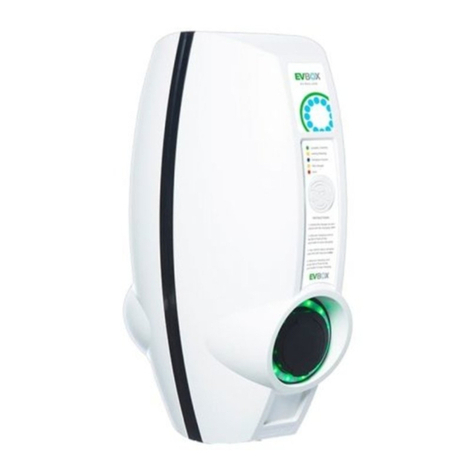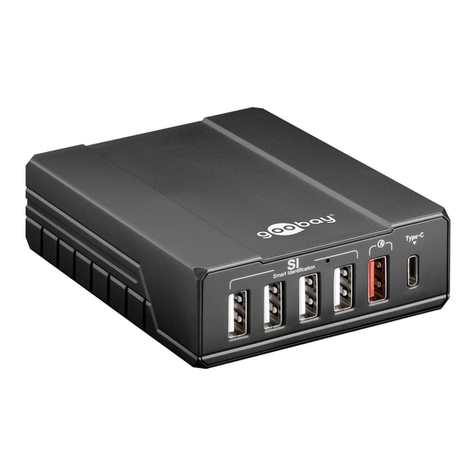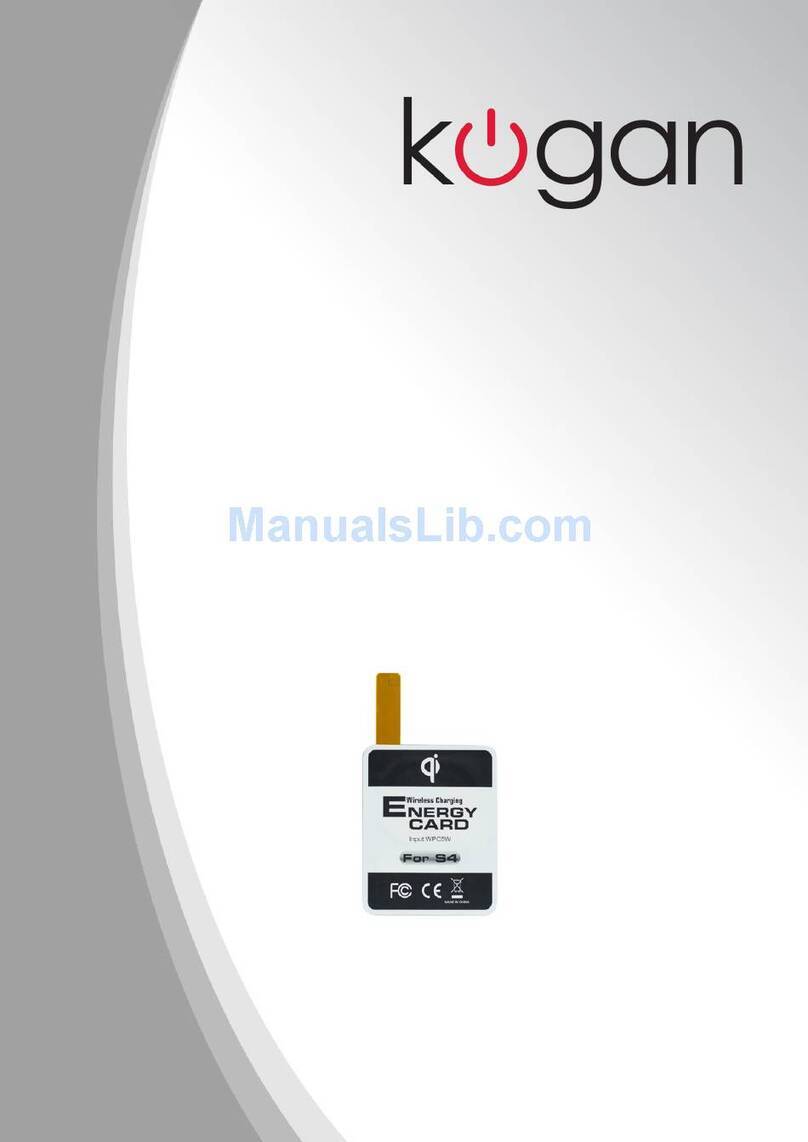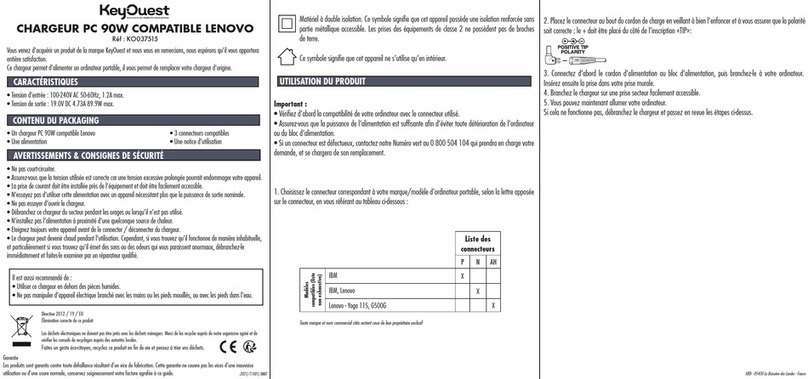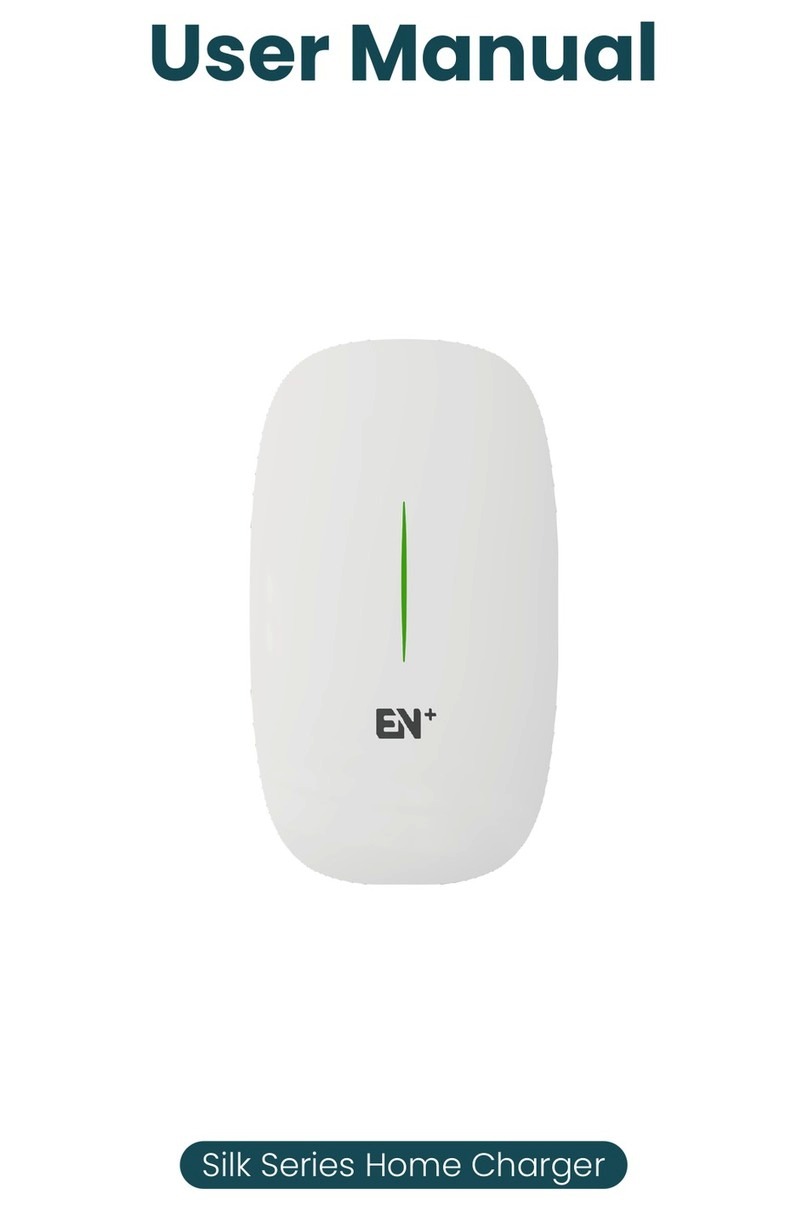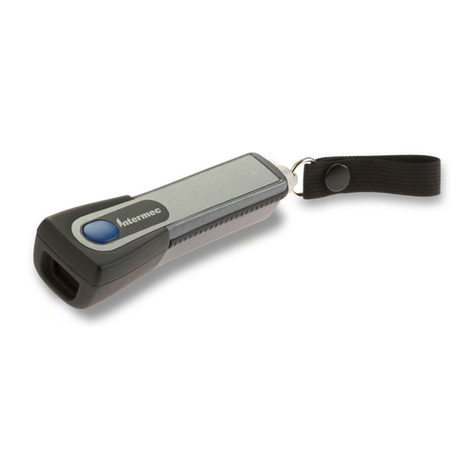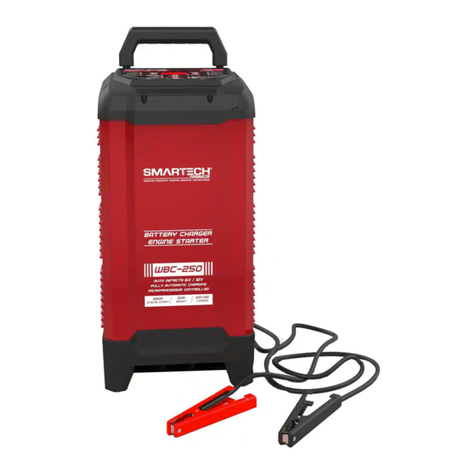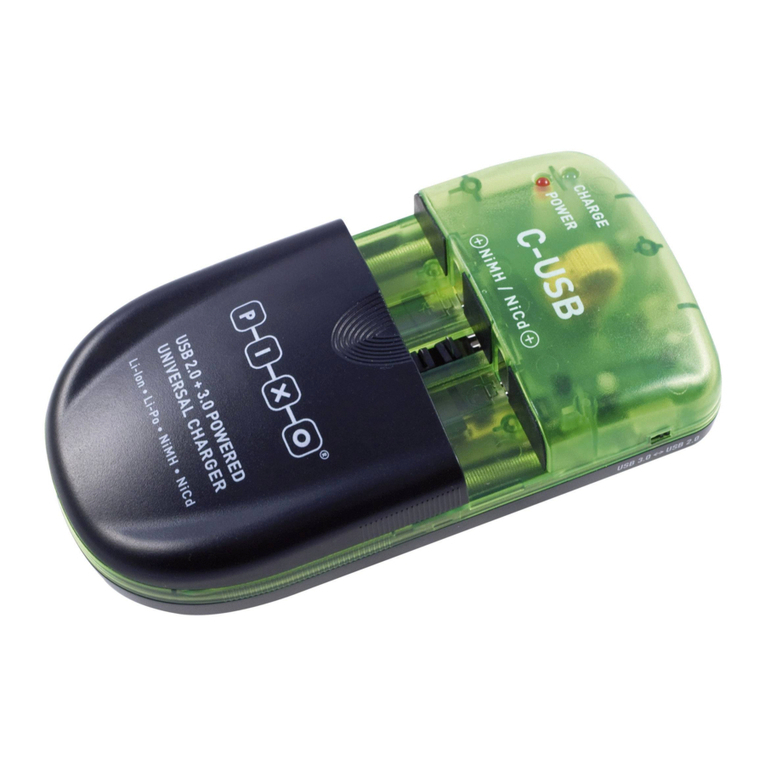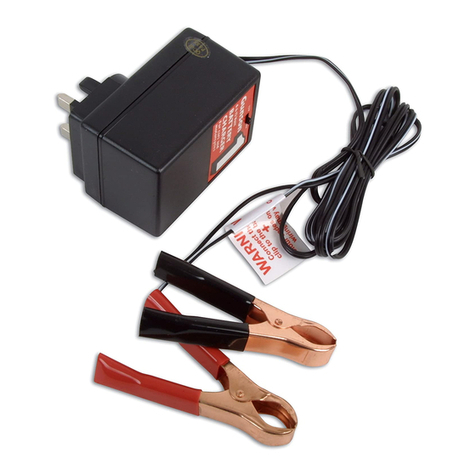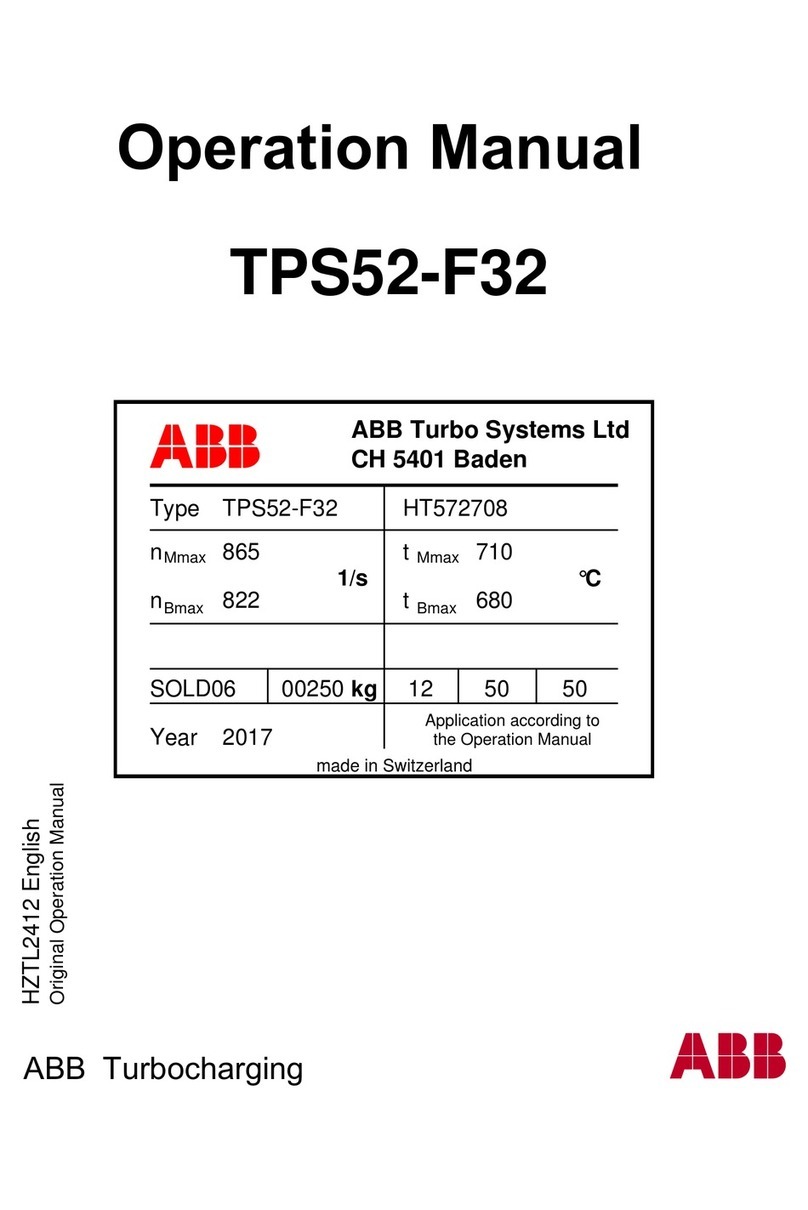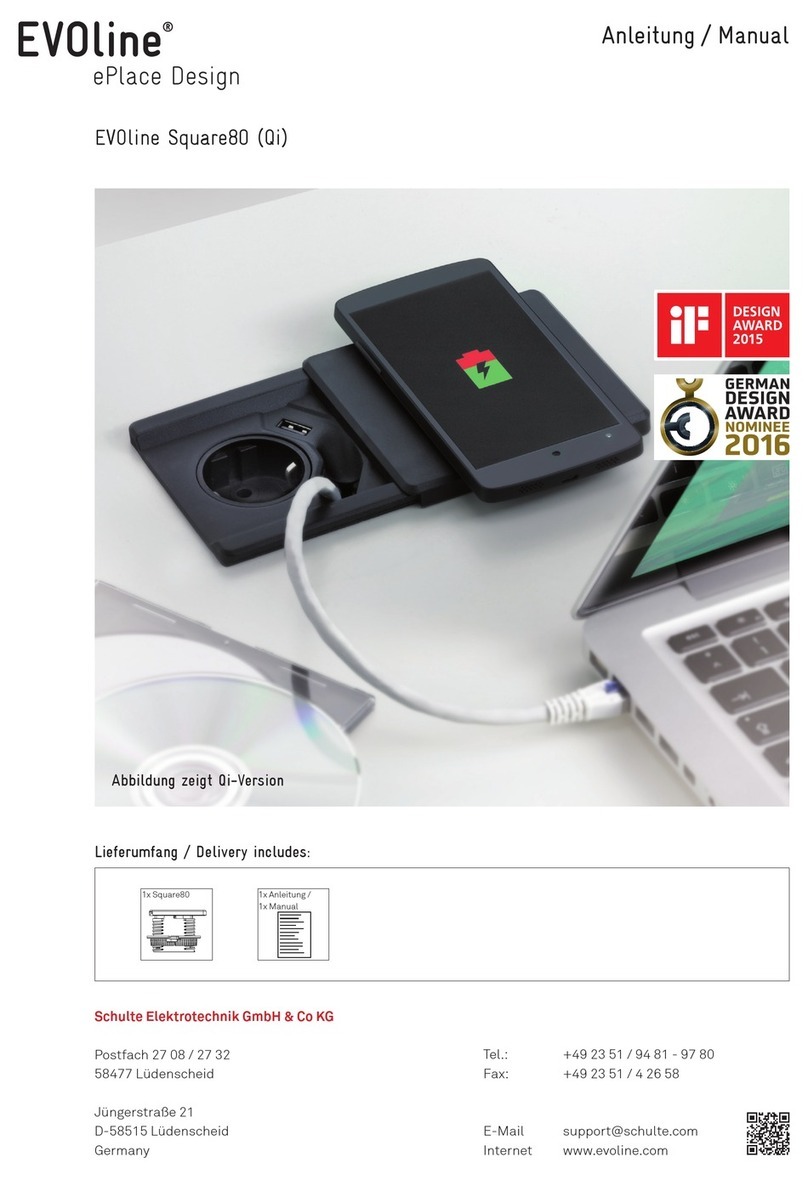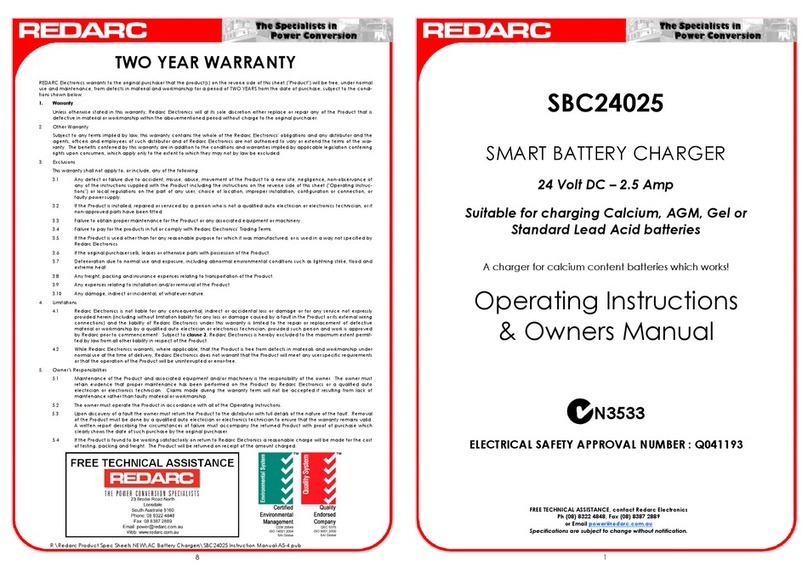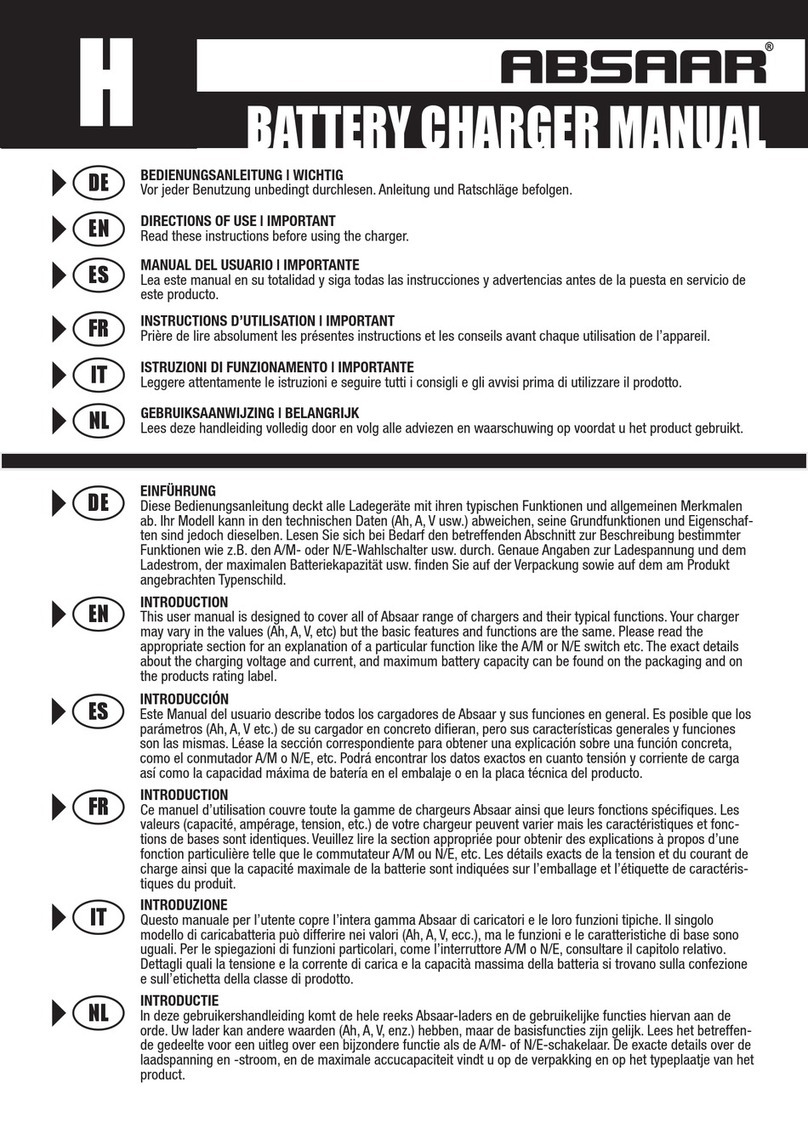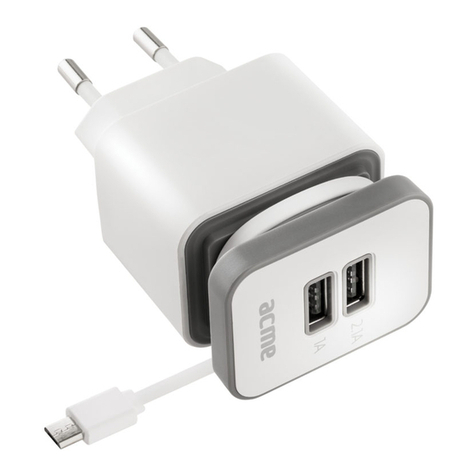
1. SAFETY INSTRUCTIONS
INSTRUCTIONS FOR:
COMPACT AUTO DIGITAL BATTERY
CHARGER 3 CYCLE - 12V
MODEL NO: SMC01.V2
Thank you for purchasing a Sealey product. Manufactured to a high standard this product will, if used according to these instructions and
properly maintained, give you years of trouble free performance.
IMPORTANT: PLEASE READ THESE INSTRUCTIONS CAREFULLY. NOTE THE SAFE OPERATIONAL REQUIREMENTS, WARNINGS, AND
CAUTIONS. USE THIS PRODUCT CORRECTLY, AND WITH CARE FOR THE PURPOSE FOR WHICH IT IS INTENDED. FAILURE TO DO SO
MAY CAUSE DAMAGE AND/OR PERSONAL INJURY AND WILL INVALIDATE THE WARRANTY.
1.1 ELECTRICAL SAFETY
WARNING! It is the responsibility of the owner and the
operator to read, understand and comply with the
following: You must check all electrical products,
before use, to ensure that they are safe. You must
inspect power cables, plugs, sockets and any other
connectors for wear or damage. You must ensure that
the risk of electric shock is minimised by the installation of
appropriate safety devices. A Residual Current Circuit
Breaker (RCCB) should be incorporated in the main
distribution board. We also recommend that a
Residual Current Device (RCD) is used. It is particularly
important to use an RCD with portable products that
are plugged into a supply which is not protected by an
RCCB. If in any doubt consult a qualified electrician.
You may obtain a Residual Current Device by
contacting your Sealey dealer. You must also read and
understand the following instructions concerning
electrical safety.
1.1.1 The Electricity at Work Act 1989 requires that all
portable electrical appliances, if used on business premises,
are tested by a qualified electrician, using a Portable
Appliance Tester (PAT), at least once a year.
1.1.2 The Health & Safety at Work Act 1974 makes
owners of electrical appliances responsible for the safe
condition of those appliances and the safety of the
appliance operators. If in any doubt about electrical
safety, contact a qualified electrician.
1.1.3 Ensure that the insulation on all cables and on the
appliance is safe before connecting it to the power
supply. See 1.1.1 and 1.1.2 and use a Portable
Appliance Tester.
1.1.4 Ensure that cables are always protected against short
circuit and overload.
1.1.5 Regularly inspect power supply cables and plugs for
wear or damage and check all connections to ensure
that none are loose.
1.1.6 Important: Ensure that the voltage marked on the
appliance matches the power supply to be used and
that the plug is fitted with the correct fuse - see fuse
rating to right.
1.1.7 DO NOT pull or carry the appliance by the power cable.
1.1.8 DO NOT pull the plug from the socket by the cable.
1.1.9 DO NOT use worn or damaged cables, plugs or
connectors. Immediately have any faulty item repaired
or replaced by a qualified electrician. When a BS 1363/A
UK 3 pin plug is damaged, cut the cable just above the
plug and dispose of the plug safely. Fit a new plug
according to the following instructions (UK only).
a) Connect the GREEN/YELLOW earth wire to the
earth terminal ‘E’.
b) Connect the BROWN live wire to the live terminal ‘L’.
c) Connect the BLUE neutral wire to the neutral
terminal ‘N’.
d) After wiring, check that there are no bare wires,
that all wires have been correctly connected, that
the cable outer insulation extends beyond the cable
restraint and that the restraint is tight.
Double insulated products, which are always marked
with this symbol , are fitted with live (brown) and
neutral (blue) wires only. To rewire, connect the wires
as indicated below. DO NOT connect either wire to the
earth terminal.
1.1.10 If an extension reel is used it should be fully unwound
before connection. A reel with an RCD fitted is
preferred since any appliance plugged into it will be
protected. The cable core section is important and
should be at least 1.5mm², but to be absolutely sure
that the capacity of the reel is suitable for this
product and for others which may be used in the other
output sockets, we recommend the use of 2.5mm²
section cable.
1.2 GENERAL SAFETY
WARNING!DO NOT USE ON ANY OTHER BATTERIES
APART FROM SEALED LEAD ACID BATTERIES.
WARNING!Disconnect the charger from the mains
power before servicing or performing any maintenance.
Disconnect the charger from the mains power before
disconnecting from the battery.
Maintain the charger in good condition (use an
authorised service agent only).
Keep the charger clean for best and safest performance.
WARNING! Ensure there are no sources of ignition near
the work area i.e. naked flames, cigarettes, flame
heaters etc as the charging process produces
explosive gases.
WARNING! Ensure the working area is well ventilated
as the gases produced are explosive.
Locate the charger in a suitable work area. Keep area
clean and tidy and free from unrelated materials, and
ensure there is adequate lighting.
Wear approved safety eye protection (standard
spectacles are not adequate).
Remove ill fitting clothing. Remove ties, watches, rings,
and other loose jewellery, and contain long hair.
Read vehicle manufacturer’s instructions manual to
check for any specific battery charging information.
Disconnect the battery from the vehicle and move it to
a safe, dry level area for charging. If the battery cannot
be removed from the vehicle refer to manufacturer’s
hand book.
Original Language Version
© Jack Sealey Limited SMC01.V2 Issue: 1 - 31/10/13
FUSE RATING 3 AMP

